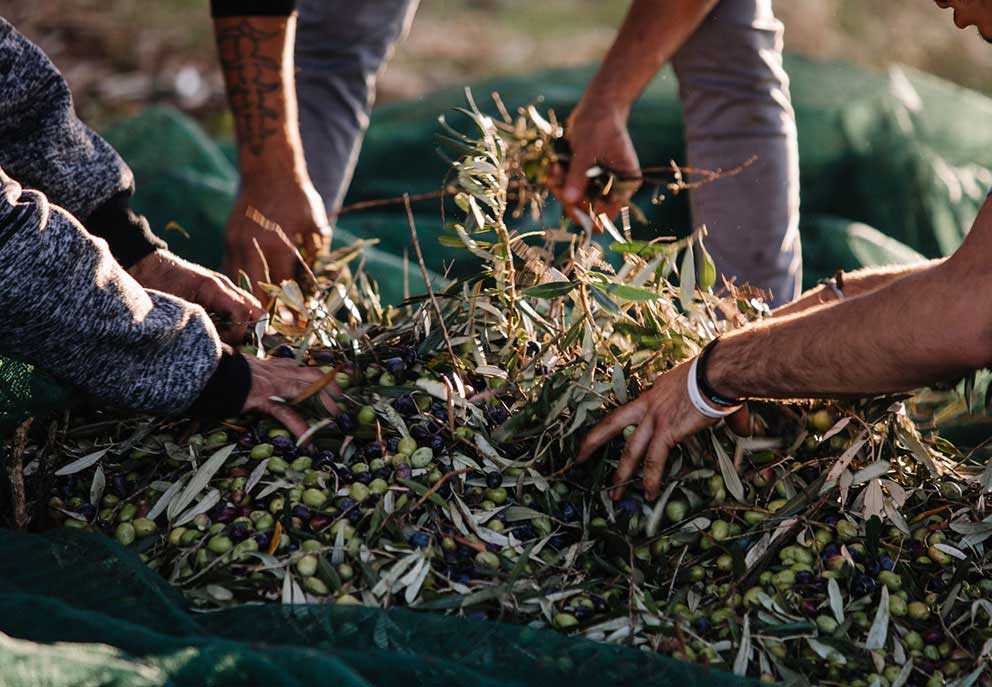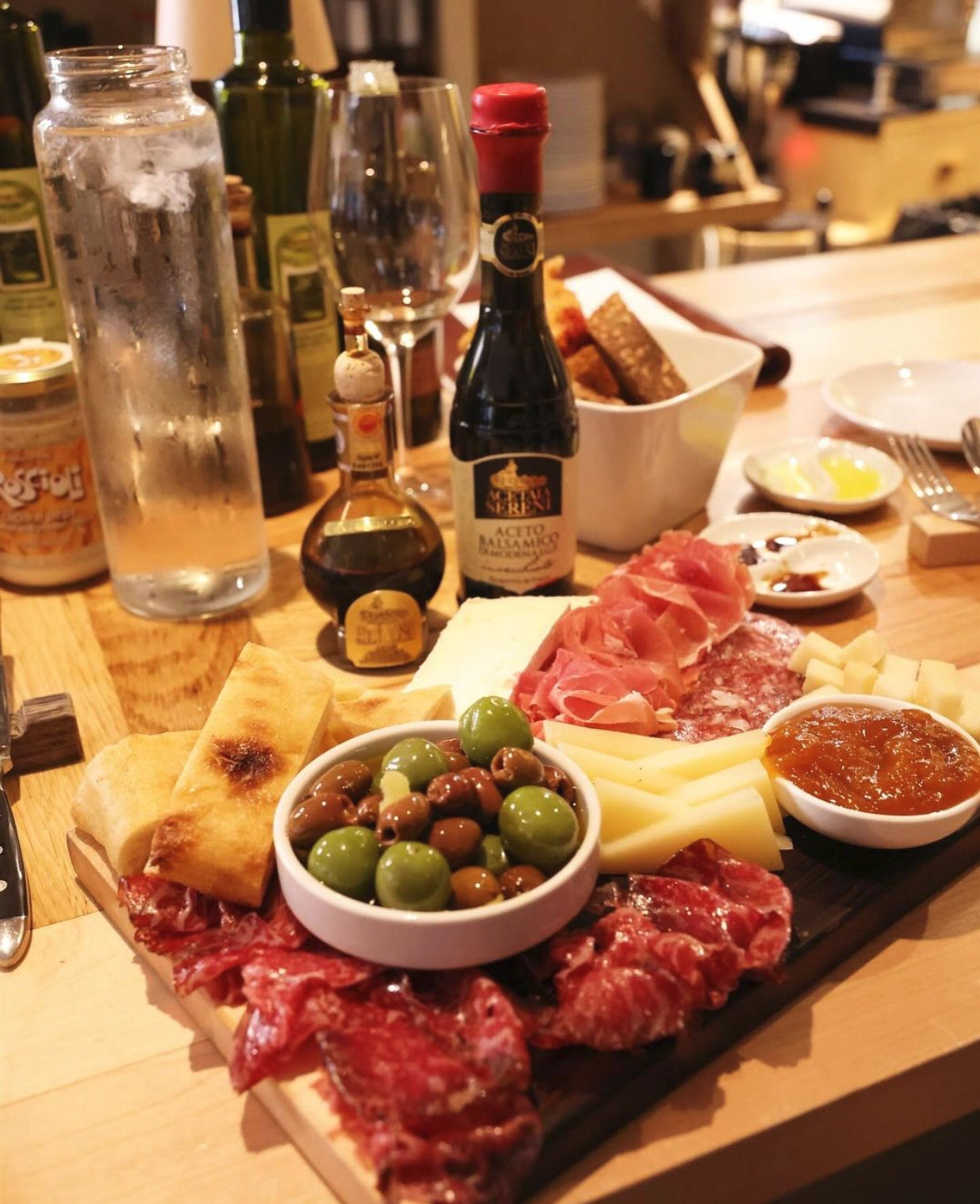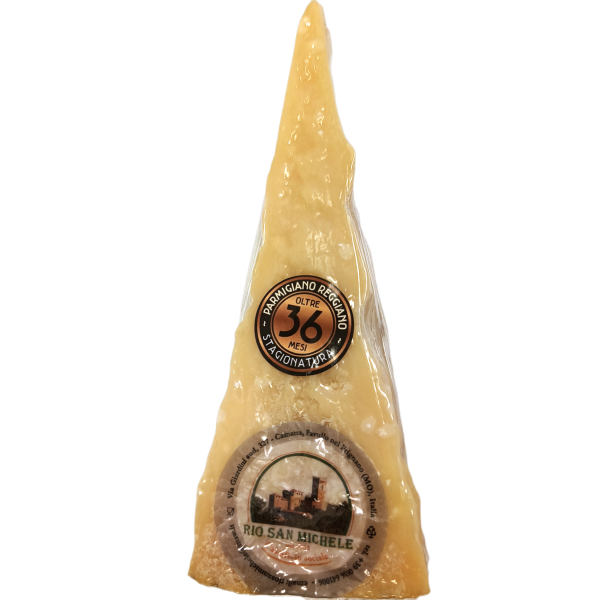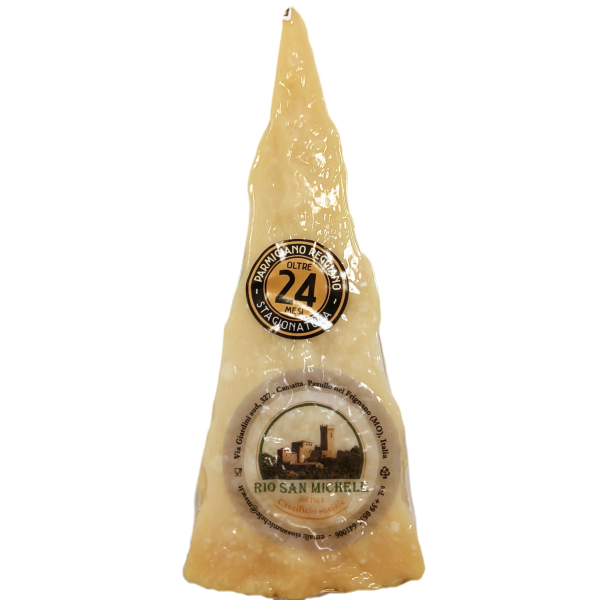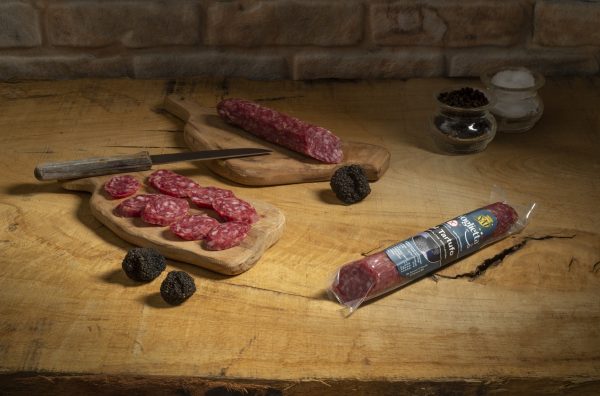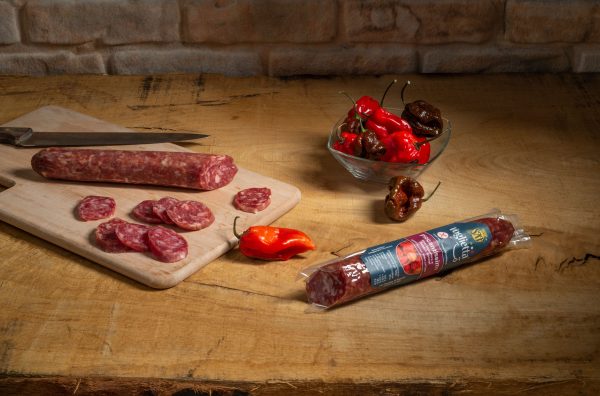In the world of cooking, the choice of ingredients is essential to ensure an excellent result. In this article, I will explain the criteria for choosing an extra virgin olive oil supplier to deliver a product of the highest quality. Extra virgin olive oil is one of the most precious treasures of the Mediterranean diet, appreciated not only for its incomparable taste but also for its nutritional benefits. But what makes a high-quality extra virgin olive oil? The answer lies in several factors, from the harvest of the olives to the extraction method: factors that are all important in making the best olive oil.
The production process
The production of extra virgin olive oil begins with the harvesting of olives. The best qualities of oil come from olives that are hand-picked while they are still green or just ripe. This harvesting method, although less productive in terms of quantity, is essential for obtaining an oil rich in complex aromas and flavor nuances.
Once the olives are harvested, they are immediately transported to the mill to avoid fermentation processes that could compromise the quality of the oil. Here, crushing takes place, followed by malaxation, a process that allows the oil to separate from the olive paste. Finally, the oil is extracted, preferably by cold pressing , to preserve all its organoleptic qualities.
Early Harvest and Complex Aromas
Olives harvested before full ripeness produce less oil, but the oil extracted is of higher quality. This is because green olives contain a higher concentration of polyphenols, natural compounds that contribute to a richer and more complex aroma profile. The oil obtained can range from sweet and fruity to intense and spicy , depending on the cultivar and the region.
In Italy, especially in the south, a spicy flavor is particularly appreciated as it highlights traditional dishes. The sharp notes, due to the presence of polyphenols such as oleocanthal, add depth and character to dishes, making the oil not just a spice, but an essential ingredient.
The Role of Polyphenols
Polyphenols are not only responsible for the spicy flavor of extra virgin olive oil, but also play an important role in health. They are potent antioxidants that help fight free radicals and contribute to the prevention of cardiovascular disease and inflammation. An oil rich in polyphenols not only has a more complex flavor, but also offers greater nutritional benefits.
Puglia: The Queen of Olive Oil
Among the Italian regions , Puglia stands out for the production of high-quality extra virgin olive oil . With its favorable climate and fertile soil, Puglia is the heart of Italian olive oil production, offering a variety of cultivars that yield unique oils. Some of the best-known cultivars include:
- Coratina : Known for its robust and spicy flavor, Coratina oil is rich in polyphenols and has notes of artichoke and almond.
- Ogliarola : Produces a sweeter and fruity oil with a delicate flavor that goes well with many dishes.
- Cellina di Nardò : An oil with an intense and complex flavor with notes of fresh grass and green tomato.
Blends of different cultivars make it possible to create even more complex and balanced oils that highlight the best qualities from each variety.
Cold pressing
An essential part of the production of high-quality extra virgin olive oil is cold pressing. This method involves extracting the oil at temperatures below 27°C, which preserves all the aromatic compounds and nutrients in the oil. Cold pressing ensures that the oil retains its organoleptic properties , making it more flavorful and healthy.
Conclusion
High quality extra virgin olive oil is the result of a combination of factors , from the choice of olives to the extraction method. Early harvest, attention to polyphenols, the variety of cultivars and cold pressing are all elements that contribute to creating a unique product, rich in flavor and health benefits. The supplier I have chosen not only guarantees the use of these and other local cultivars grown according to tradition, but also carries out a harvest focused on quality and uniqueness of flavor. The olives are not only 100% Italian, but come from a production radius of only 40 km, ensuring optimal control and adding value in terms of environmental sustainability. The extraction is strictly cold pressed , ensuring a product line of the highest quality, representing the best of Italian olive oil.
Buon appetito!

